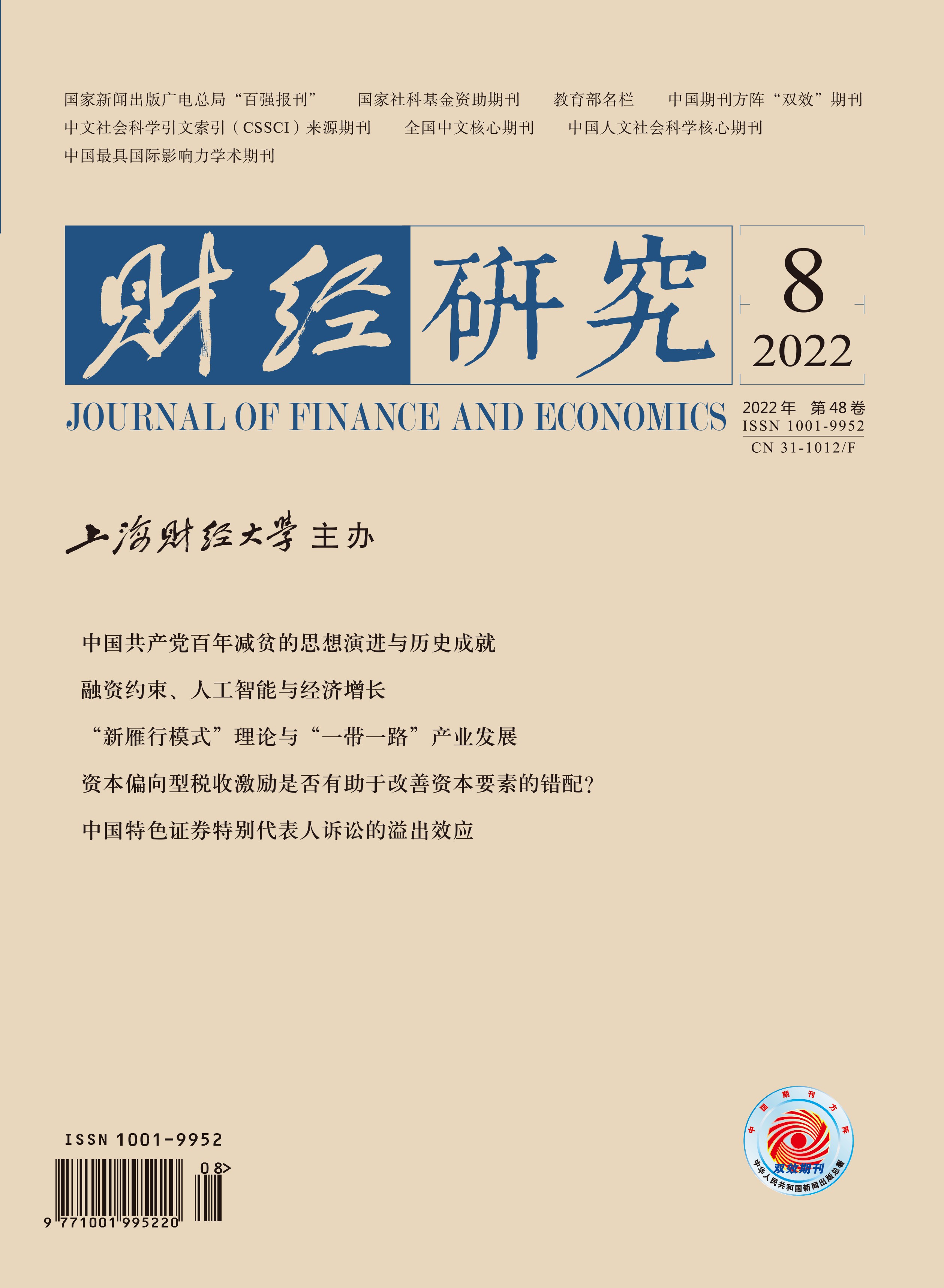The traditional “flying-geese” theory cannot reasonably explain the new characteristics of industrial development in various countries. In the global production network, a multi-level system of international specialization has emerged, which is dominated by intra-product specialization, and the coexistence of inter-industry specialization, intra-industry specialization and intra-product specialization. The industrial development in the new international specialization system needs new theoretical explanation. The existing literature proposes the concept of “new flying-geese pattern” from the perspective of industrial development echelon, but lacks a systematic study of its connotation, operation mechanism and characteristics. The industrial development echelon is only the basis of the existence of “flying-geese” relation, which cannot reflect the complete connotation of “flying-geese” relation.
This paper puts forward the “new flying-geese pattern” of industrial development in the new international specialization system. On the basis of tracing the traditional “flying-geese” theory, it takes trade cooperation and industrial relocation as the entry point, makes a theoretical analysis of the “new flying-geese pattern”, and verifies this pattern of industrial development in the “Belt and Road” area. The results of empirical analysis are as follows: Firstly, the industrial development in the “Belt and Road” area shows the form of “flying-geese” echelon development and taking off in sequence, with the pattern of “big goose group” nested with “small goose group” as well as “multi-level flying geese”, and the “leading goose” effect does not originate from a single country alone. Secondly, the countries along the “Belt and Road” have improved production efficiency, industrial development shows a trend of diversification and upgrading, and their comparative advantages in the medium and high technology industries have increased. Some emerging markets have achieved “leapfrog” development, while their comparative advantages in high-tech industries mainly come from low value-added links. Thirdly, after the “Belt and Road” Initiative was put forward, there has been a significant increase in one-way shift of comparative advantages in the region, but the promotion effect of industrial restructuring and upgrading in countries along the “Belt and Road” has not been fully manifested. Therefore, it is necessary to develop the “Belt and Road” production network, cultivate the “multi-level flying geese” pattern, enhance the “leading goose” function of China’s high-quality development, and promote the “new flying-geese pattern” of regional industrial development.
The contributions of this paper are as follows: Firstly, this paper puts forward the “new flying-geese pattern” of industrial development and analyzes its operation mechanism and main characteristics under the new international specialization system. Secondly, this paper empirically verifies the main characteristics of the “new flying-geese pattern” using the export trade data of the “Belt and Road”, analyzes the impact of the “Belt and Road” Initiative on it, and puts forward some policy suggestions on regional industrial development.





 6651
6651  8572
8572

